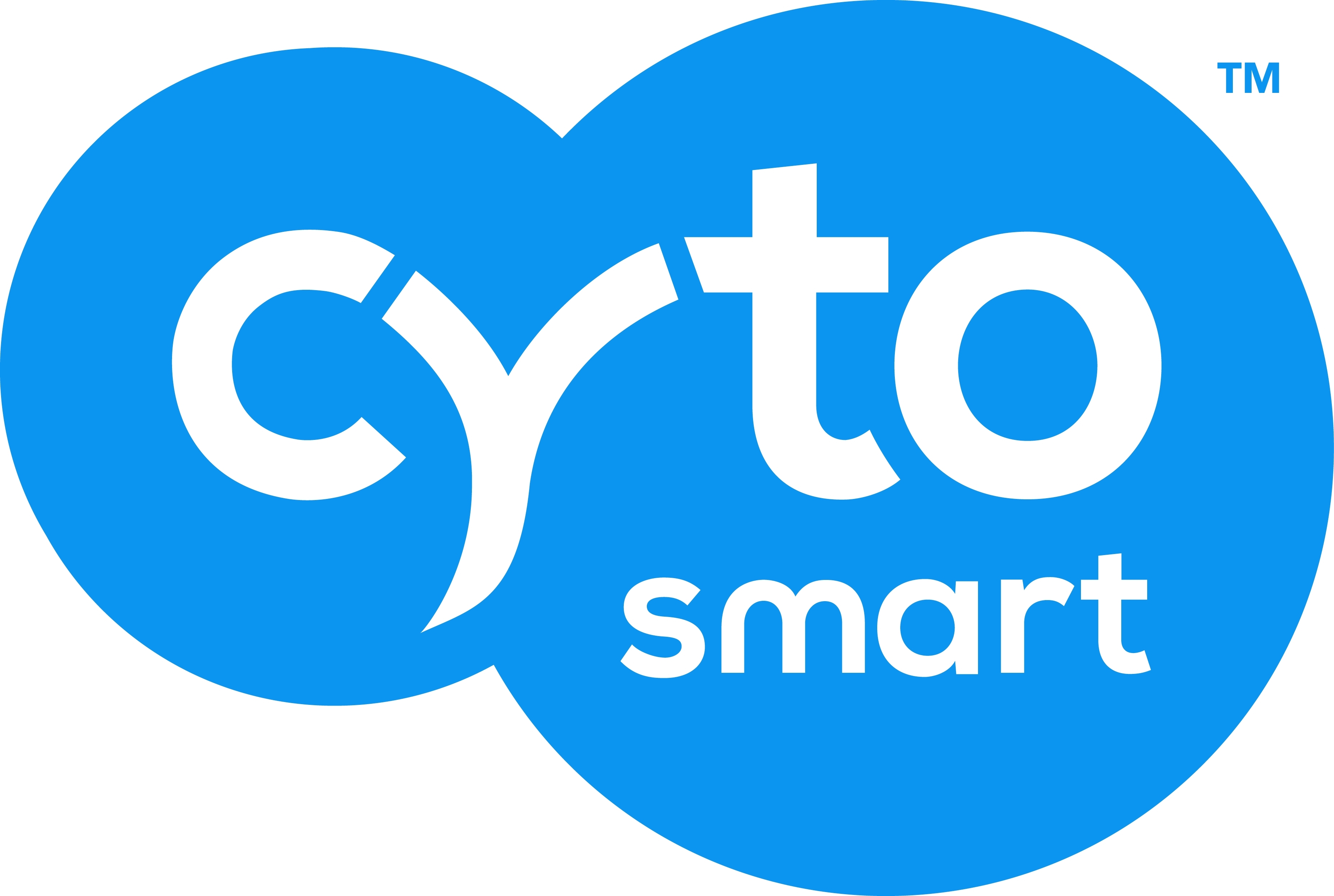Alternative methods to traditional viability assays
Analysis of cell viability is an important aspect of many different studies in the fields of drug discovery, cancer research, and toxicology. Traditional assays, such as the MTT assay, neutral red uptake assay, or ATP bioluminescence assay are widely used to analyze cell viability. However, the major downside of these assays is that they are endpoint assays. Recently, more and more research labs realize the importance of kinetics in cell viability and cytotoxicity studies. Therefore, there is an increasing demand for methods that can, non-invasively, investigate changes in cell viability over time. Live-cell imaging is one of these non-invasive methods that enable monitoring of the dynamic changes in viability throughout the duration of an experiment.
In this webinar, CytoSMART has partnered with prominent labs from academia to facilitate an open discussion about the use of live-cell imaging for viability analysis. We will be covering:
- The use of both brightfield and fluorescence live-cell imaging to analyze the effect of a treatment on cell viability
- How cell viability can be assessed in both 2D and 3D in vitro cell cultures
- The latest technologies from CytoSMART to assess cell viability
- A live Q&A session with experts from Freie Universität Berlin, Universidade NOVA de Lisboa, and CytoSMART Technologies
Webinar details:
- On-demand
- Duration: 60 minutes
- Free to attend
Speakers
- Dr. Alexander Weng, Senior Scientist, Freie Universität Berlin. Presentation: "A new acetylated triterpene saponin from Agrostemma githago L. modulates gene delivery efficiently and shows a high cellular tolerance"
- Dr. Catarina Roma-Rodrigues, Postdoctoral Fellow FCT-NOVA, Universidade NOVA de Lisboa. Presentation: "Colorectal 3D spheroids as models for combined anti-cancer therapies"
- Lieke Stemkens, MSc., Application Scientist, CytoSMART Technologies. Presentation: "How to use fluorescence live-cell imaging to unravel the dynamic apoptosis process"
About Speakers:

Dr. Alexander Weng did Postdocs at Charité – University Medicine Berlin and Great Ormond Street Institute of Child Health at UCL London. Right now he is working on natural products and gene delivery at Free University of Berlin, Institute of Pharmacy.
Presentation abstract: Transfection is the process to deliver nucleic acid into eukaryotic cells. Different transfection techniques already exist. However, they can be expensive and toxic to subjected cells. Previous research shed light on naturally occurring molecules called triterpene saponins that have great potential for non-viral gene delivery. Using a combination of different chromatographic techniques and in vitro transfection bioassays, a new triterpenoid saponin (agrostemmoside E) from the plant Agrostemma githago L. was isolated. Agrostemmoside E was characterized by mass spectrometry and intense NMR spectroscopy. Agrostemmoside E has a great potential for delivery of gene-loaded nanoplexes and increased the transfection efficiency by 70% compared to 2% without agrostemmoside E. By comparative toxicity studies, we show that agrostemmoside E can be applied at high concentrations without toxicity, justifying its use as a new tool for gene transfections.

Dr. Catarina Roma-Rodrigues is a postdoc in Nanomedicine and HGCT groups at UCIBIO in FCT-UNL. Her main research interest is in the development of nanomedicine-based strategies for cancer eradication. She is currently involved in the application of 3D colorectal cancer models for the design of combined anti-cancer therapies.
Presentation abstract: In this work, doxorubicin (Dox) sensitive and resistant colorectal tumor 3D spheroids were used as models to infer the therapeutic potential of chemotherapy combined with photothermia induced by gold nanoparticles. We show that the combination of photothermy and Dox accelerate the disintegration of the 3D tumor structure. We evaluated the effect of time of exposure to Dox, nanoparticle and irradiation in the efficacy of the combined therapeutic approach. We show that penetration of Dox into the spheroid is potentiated if preceded by photoirradiation of nanoparticles.

Lieke Stemkens is an Application Scientist at CytoSMART, with a bachelor's and master's in Biomedical Engineering from the Technical University of Eindhoven. She graduated in the group of Carlijn Bouten, which resulted in a thesis about modulating the immune response towards tissue-engineered constructs. As an Application Scientist, she supports customers by providing new applications and improving existing applications for the CytoSMART devices.
Presentation abstract: Apoptosis is a form of controlled and programmed cell death, and is necessary for multiple cellular processes, such as proper growth, development, and homeostasis. The apoptotic pathway is dynamic and (up to a certain point) reversible, meaning that an endpoint measurement will give incomplete and insufficient data. Therefore, to understand when, how and to what extent an environmental change induces apoptosis, we propose a dual fluorescence live-cell imaging approach. In this method, early apoptosis is indicated by a green fluorescent signal, while late apoptosis can be detected as a red fluorescent signal. With images obtained every 15 minutes with the CytoSMART® Lux3 FL, a detailed overview of the kinetic apoptotic pathway in CHO-K1 cells treated with H2O2 can be obtained.
Host
Dr. Inge Thijssen-van Loosdregt, Senior Application Scientist, CytoSMART Technologies.
Dr. Inge Thijssen van Loosdregt is a Senior Application Scientist at CytoSMART with a background in life sciences. She has obtained her Ph.D. in soft tissue engineering and mechanobiology at the Eindhoven University of Technology. Inge’s Ph.D. work focused on understanding the forces generated by fibroblasts in order to eventually optimize the design of tissue-engineered heart valves. As a Senior Application Scientist, she tests CytoSMART's devices in the lab and works with R&D to keep optimizing and validating the devices in order to fulfill the needs of life science researchers.
Related Products
There are currently no products tagged to this resource.